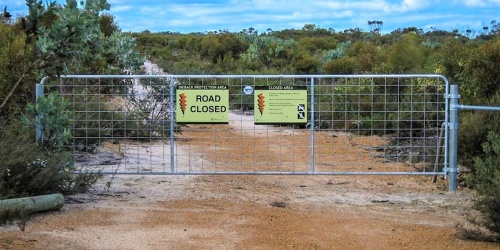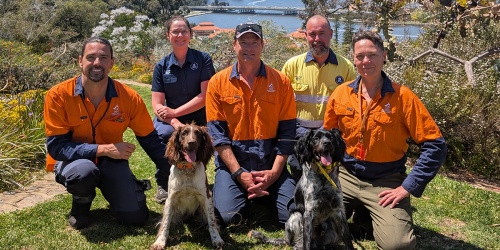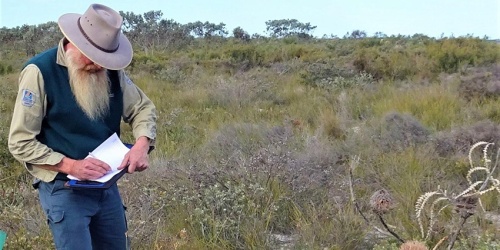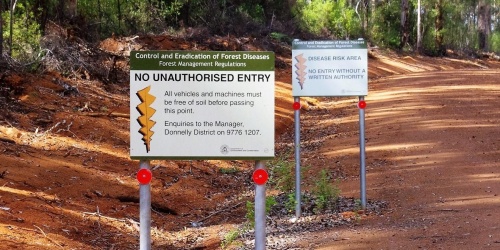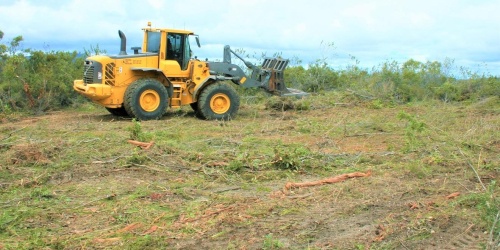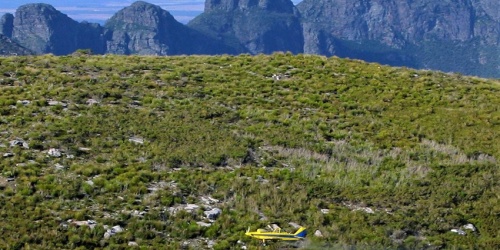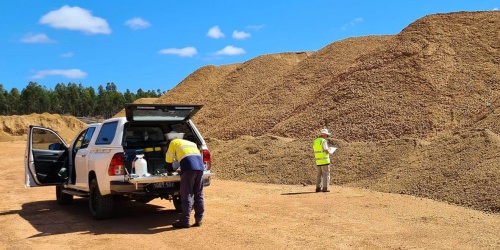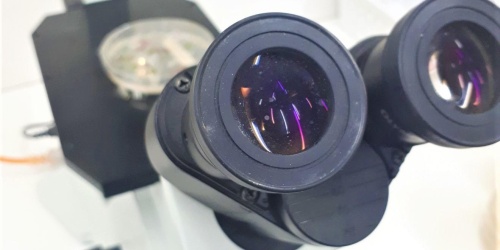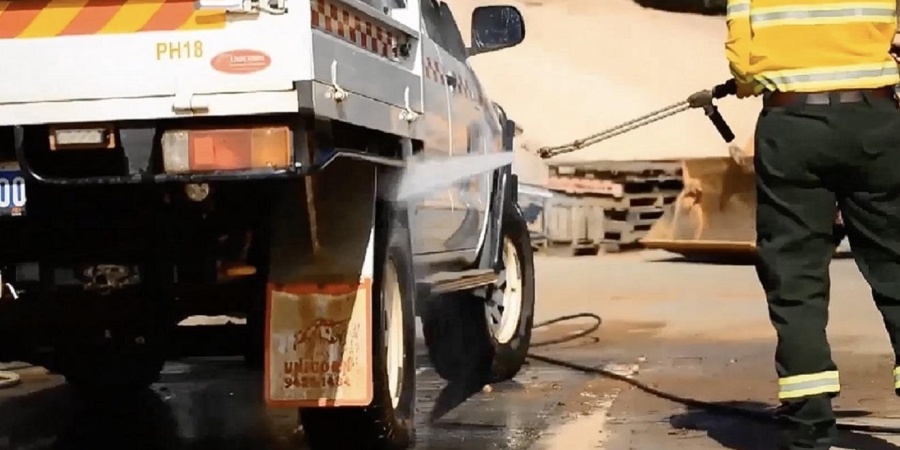
Person spraying down a DBCA vehicle using a high-pressure hose
Our experience of COVID-19 has taught us the importance of hygiene in preventing the spread of human diseases. Hygiene is also a major tool in preventing the spread of diseases of plants, as well as pest animals and weeds.
When controlling access to an area is not feasible, the department relies heavily on good hygiene to protect uninfested areas from Phytophthora dieback (dieback). Hygiene refers to the cleaning of 'carriers' before entering natural areas.
The department's hygiene standard requires that before entering natural areas carriers are completely free of a) mud, clods or slurry of soil, and b) plant material.
A 'carrier' is anything that may pick up soil, such as; machines, vehicles, footwear or equipment. However, anything which comes in contact with the soil can be a potential carrier of Phytophthora. If it is unknown whether or not an area is infested, we should take the precautionary approach of cleaning on entry, to prevent introducing dieback to potentially uninfested areas, and cleaning on exit, to prevent bringing infested soil out of potentially infested areas – and taking it home where it can infect your property or garden.
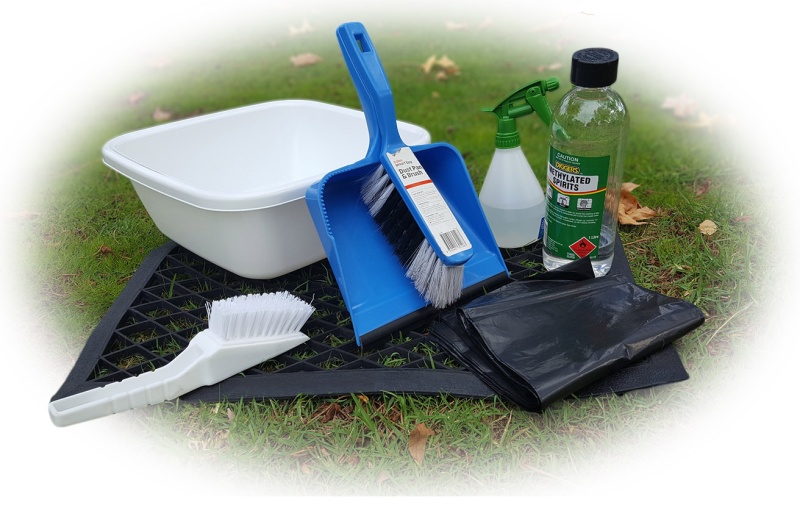
Clean on entry
‘Clean on Entry’ (COE) is a common requirement for entry to lands managed by the department. COE refers to carriers meeting the hygiene standards above before entering lands managed by the department.
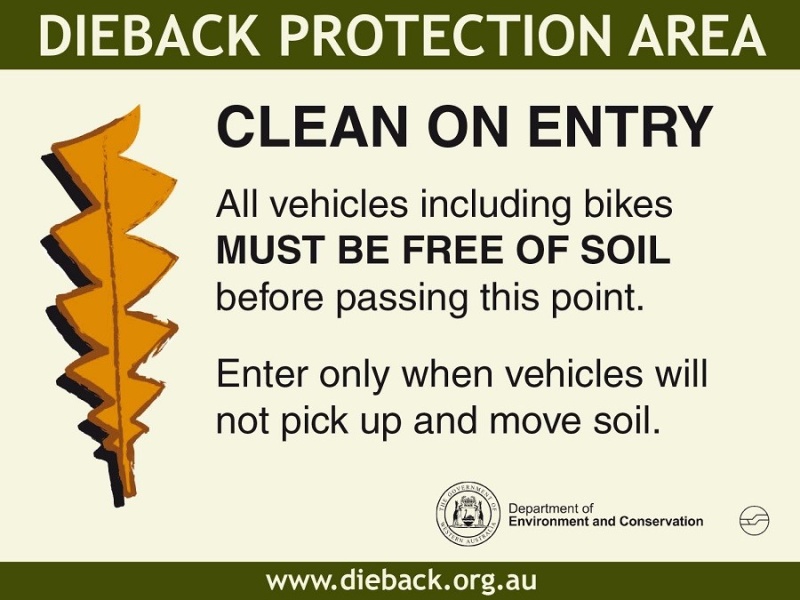
Hygiene and inspection checklist
The department's Machinery & Vehicle Hygiene and Inspection Checklist (FEM080) provides guidance on cleaning carriers and provides a written record of cleaning when required. The hygiene requirement applies to all staff, contractors, external proponents of disturbance activities and the general public – in fact, anyone entering lands managed by the department.
